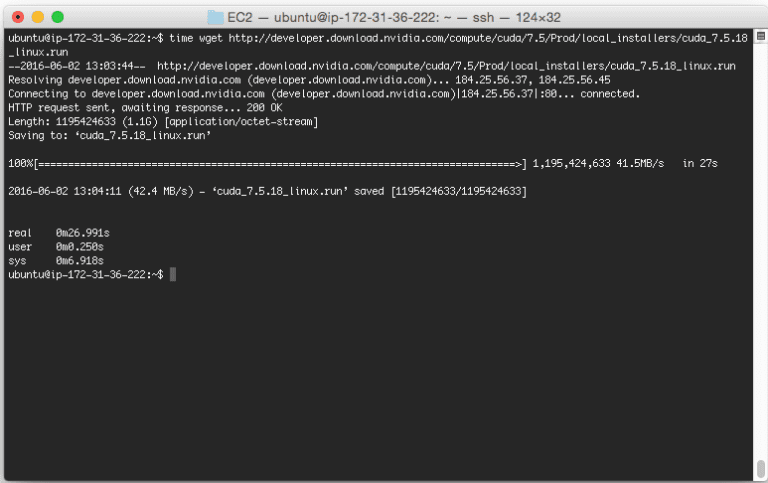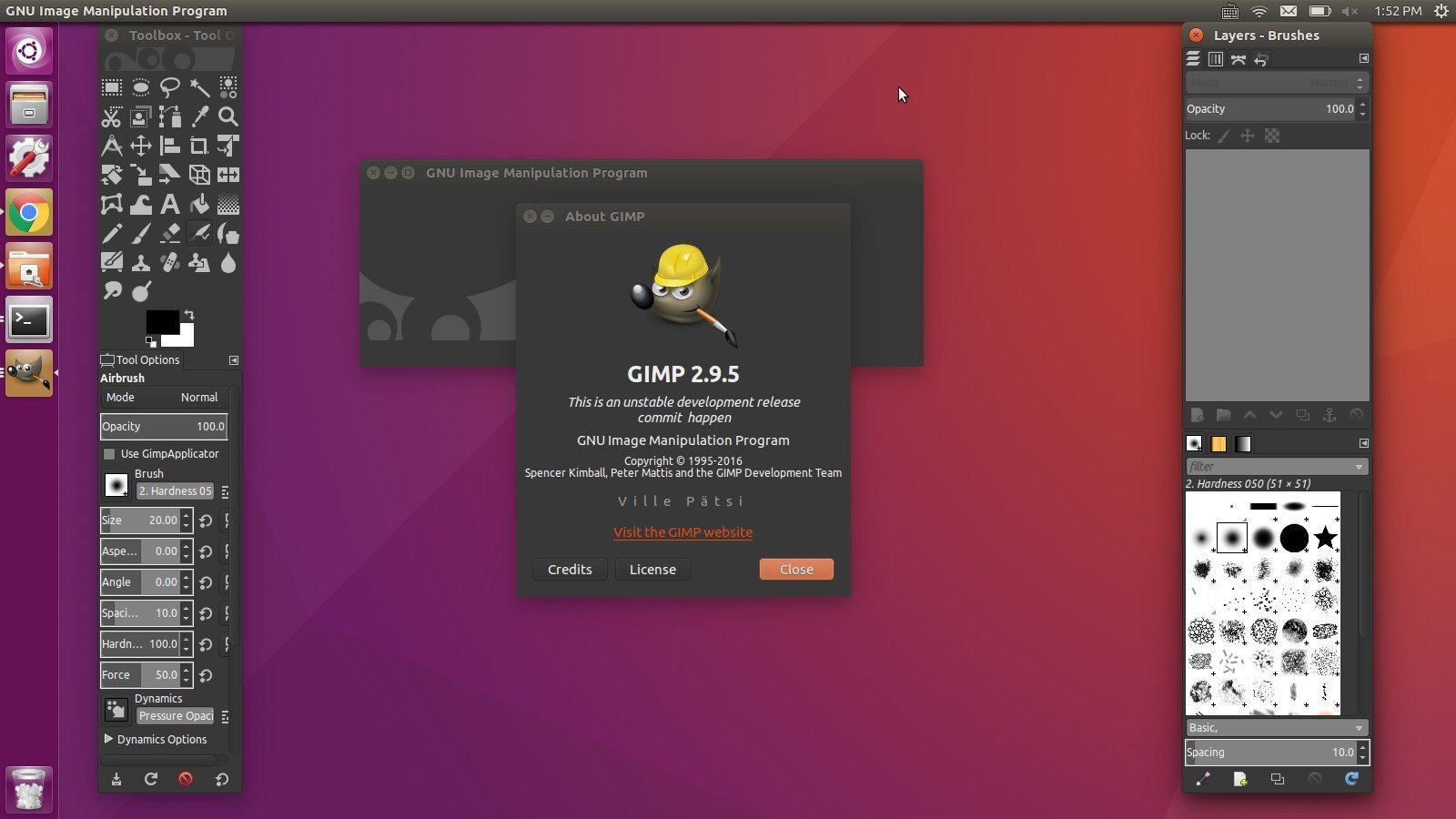


This can be quickly done by using the following command, to re-enable, use the following commands above and rinse and repeat. Sometimes you may want to disable the RPM Fusion testing repository. If new bleeding-edge drivers in a test or, more likely, beta drivers will appear here, and you can begin to update to these, remember they may be buggy, so do not be surprised. Once enabled, proceed to install the drivers or run an update. Enable the Free Repository sudo dnf config-manager -set-enabled rpmfusion-free-updates-testing Enable the Non-Free Repository sudo dnf config-manager -set-enabled rpmfusion-nonfree-updates-testing This can be useful for those who want to install bleeding-edge NVIDIA drivers.įirst, enable the RPM Fusion Testing repository using the following command. RPM Fusion has a testing branch that contains mostly incoming new release NVIDIA driver series packages or beta packages. $(rpm -E %fedora).noarch.rpm Import RPM Fusion Nonfree sudo dnf install \ The best method to install these on Fedora 36 is to use the RPM fusion repository.įirst, open your terminal and add the following repositories Import RPM Fusion Free sudo dnf install \ sudo dnf upgrade -refresh -y Import RPM Fusion Repositoryīy default, like most Linux distributions, Fedora does not come with NVIDIA proprietary drivers. How to Remove Nvidia Drivers and RollBackīefore you begin, update your system to ensure all existing packages are up to date to avoid any conflicts, this is essential when installing drivers such as graphic card drivers and kernels, etc.Install GeForce 8/9/200/300 NVIDIA series drivers:.Install GeForce 400/500 NVIDIA series drivers:.Install GeForce 600/700 NVIDIA series drivers:.Optional Method – Install NVIDIA Legacy Drivers.Optional Method – Enable RPM Fusion TESTING Branch.


 0 kommentar(er)
0 kommentar(er)
